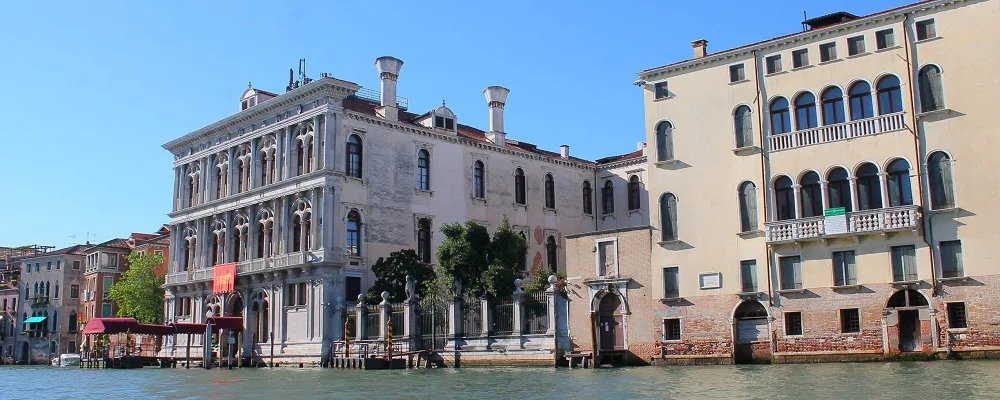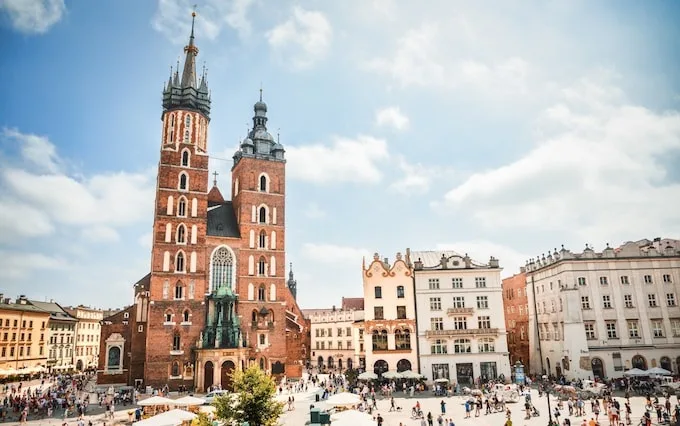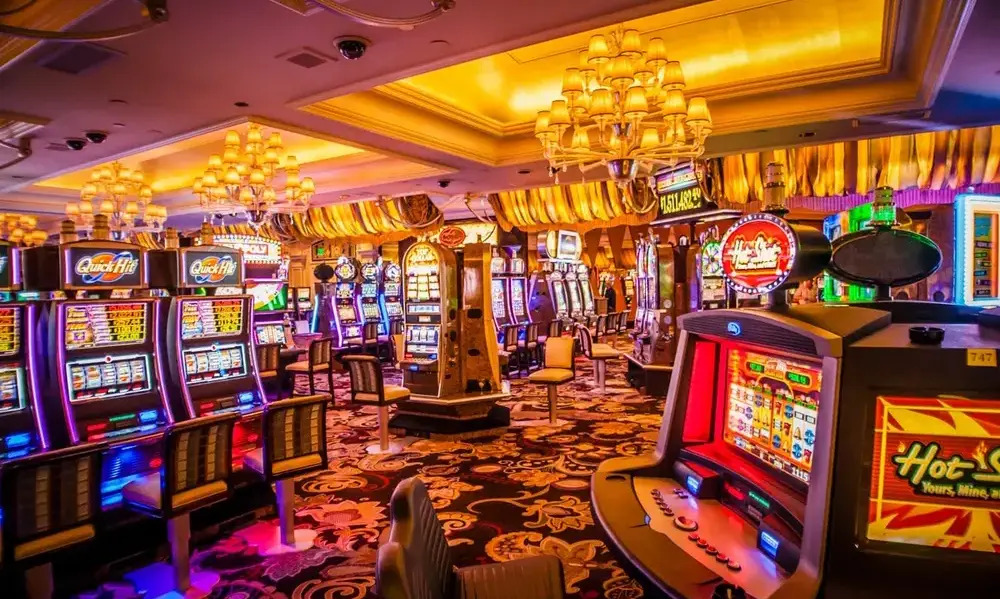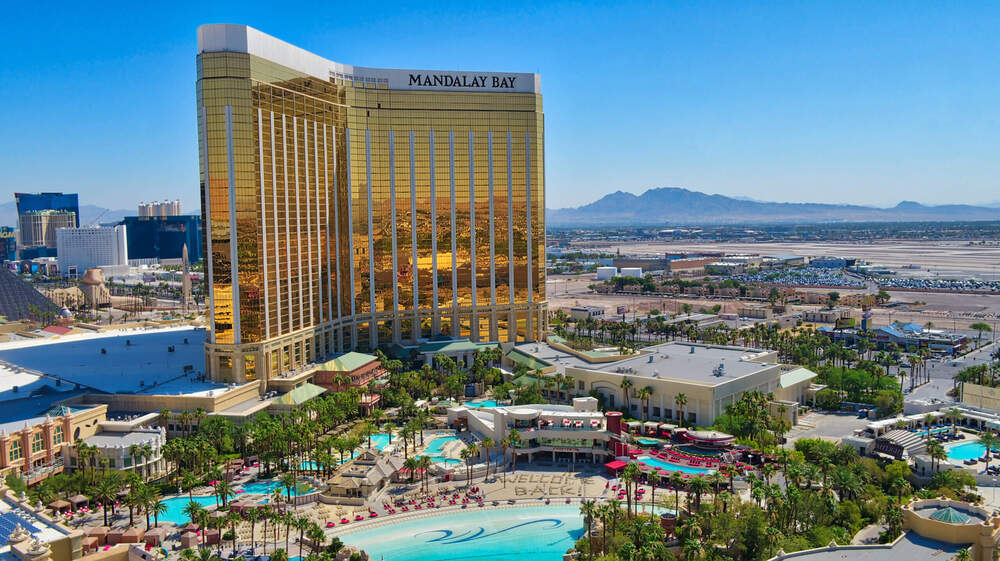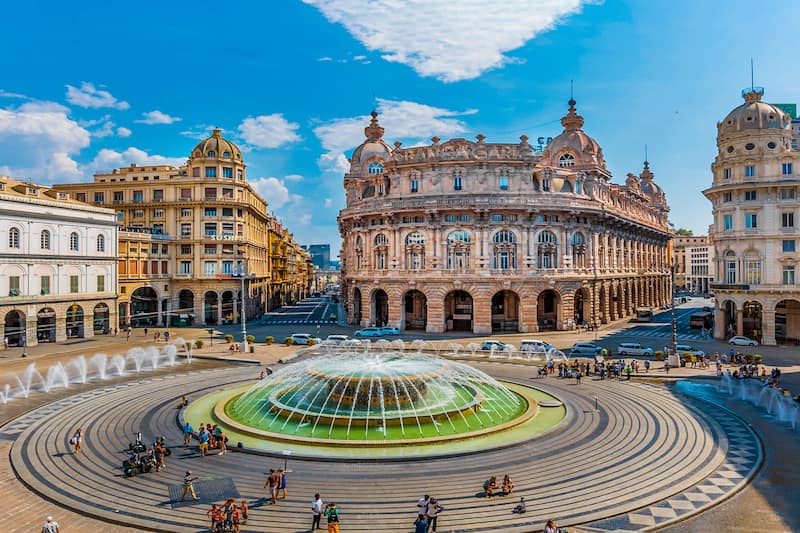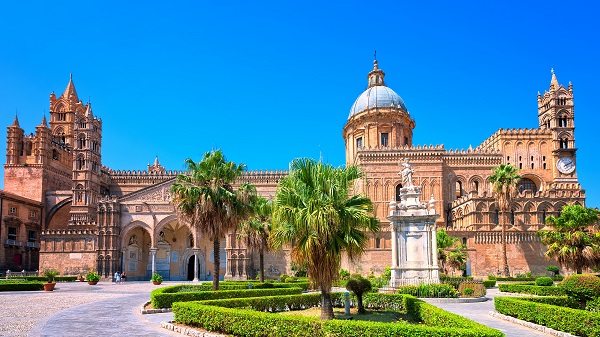
Palermo Unveiled: Discover the Heart of Sicily’s Enchanting City
Palermo, the capital of Sicily, is a city woven with a rich tapestry of history. From its establishment by the Phoenicians to its growth under the Roman, Byzantine, and later Norman rule, Palermo has always been a melting pot of cultures. The city’s architecture is a testament to its diverse past, with Norman palaces, Arab-Norman churches, and Baroque buildings standing side by side, each telling a story of an era gone by.
This historical mingling has not only shaped Palermo’s urban landscape but also its cultural and social identity. The city’s vibrant markets, traditional puppet theatres, and the famous annual Festino di Santa Rosalia are manifestations of this rich heritage.
Revival and Renaissance: Palermo in the Modern Era
In recent decades, Palermo has undergone a renaissance, revitalizing its historical quarters and embracing its multicultural legacy. This transformation has made the city a unique destination, offering a blend of historical authenticity and contemporary culture.
Palermo’s Vibrant Cultural and Festive Scene
Palermo is a city that celebrates life with zeal. The annual Festino di Santa Rosalia, the patron saint of the city, is a prime example of this, with its vibrant procession and fireworks. Other cultural events include the Ballarò Buskers Festival, showcasing street artists from around the world, and the Palermo Teatro Festival, a testament to the city’s thriving theatre scene.
The city’s food markets, like the famous Vucciria and Ballarò, are not just places to buy food but cultural experiences in their own right. Here, one can witness the blend of Arabic, Spanish, and Italian influences in Sicilian cuisine.
Moreover, Palermo’s cultural calendar is dotted with film festivals, art exhibitions, and music concerts, reflecting the city’s status as a cultural hub in the Mediterranean.
Exploring Palermo’s Architectural Marvels
The architecture of Palermo is a kaleidoscope of styles. The Palermo Cathedral, with its eclectic mix of Gothic, Baroque, and Neoclassical elements, is a must-visit. The Norman Palace and the adjoining Palatine Chapel are another highlight, showcasing exquisite Byzantine mosaics.
Walking through the Quattro Canti, the four-cornered baroque square, one can admire the ornate fountains and sculptures that depict the four seasons, the Spanish kings of Sicily, and the patronesses of Palermo.
The Teatro Massimo, Italy’s largest opera house, is not only an architectural gem but also a cultural beacon, hosting world-class operas and ballets.
Other notable landmarks include the Martorana Church, renowned for its stunning mosaics, and the Castello della Zisa, a testament to the Norman-Arab influence in Palermo.
Each of these architectural wonders tells a part of Palermo’s story, making the city a living museum of art and history.
Palermo’s Gastronomic Delights
The cuisine of Palermo is as diverse as its history. Street food like arancini, panelle, and sfincione offer a taste of Palermo’s rich culinary traditions. For a more refined dining experience, Palermo’s restaurants serve an array of dishes influenced by various cultures that have called the city home.
Not to be missed is the Sicilian wine, which has gained international acclaim. A visit to a local vineyard or a wine tasting event in the city is a delightful way to experience Sicily’s viniculture.
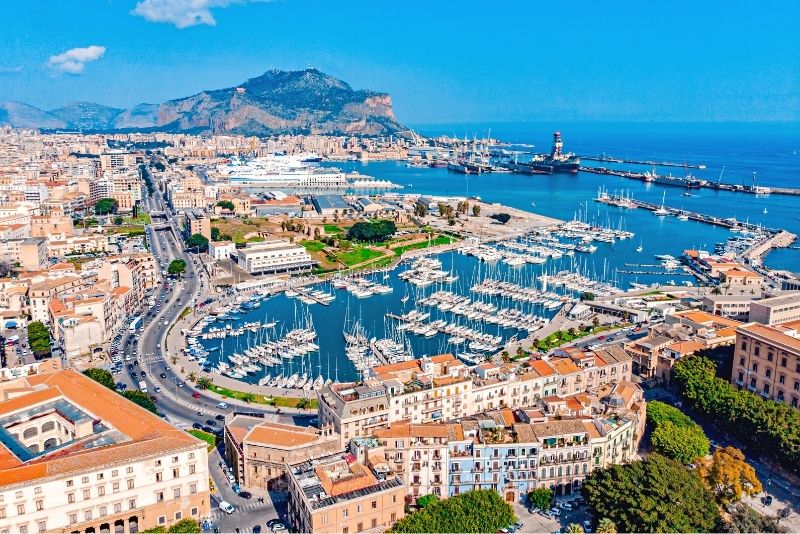
Getting to and Around Palermo
Reaching Palermo is a breeze, with the Falcone-Borsellino Airport offering direct flights from major European cities. Once in the city, public transport, including buses, trams, and a metro system, make navigating Palermo easy. For those who prefer more leisurely exploration, walking or renting a bike are great ways to soak in the city’s charm.
Additionally, Palermo serves as a gateway to explore the rest of Sicily, with efficient rail and bus networks connecting the city to other Sicilian gems like Taormina and Cefalù.
Palermo’s Historical Heritage and Its Impact
Palermo’s historical heritage is not just about buildings and festivals; it’s about the spirit of a city that has thrived through centuries of change. The city’s resilience and ability to embrace its diverse influences have made it a symbol of cultural integration and renewal.
Today, Palermo stands as a beacon of history, culture, and gastronomy, inviting visitors from around the world to experience its unique charm and vibrancy.

